I’m pretty sure that over the last 3 months I’ve learned more about cheesemaking than over any other comparable length of time. Synapses are firing, neurons rewiring, connections made between elements of base knowledge into a constantly growing but never complete understanding. The conversations I’ve had with makers, mongers, and dairy farmers have been eye opening, people here really take cheese seriously and have an openness to sharing information that I have never experienced before. There is a true community of cheese people here with a supportive vibe, in a relatively small geographic area, that talk to one another and generally act with a spirit of cooperation rather than competition.
A lot of cheesemakers here make only a single farmstead cheese. This contrasts with the US and many countries, and is an important factor in the high quality of the products. By making only one, you can really focus and develop an intuition and feel for what the curd is doing, how to make adjustments. Making the one cheese over many years, sometimes with generations of accumulated experience gives a valuable depth of knowledge. By seeing things shift seasonally and being able to predict those shifts one can adjust the make to compensate. As Andrew Hatton says “Make one cheese and make it well”1 I live my life with a very different emphasis, but I admire those that live up to that statement
In a basic sense, making a cheese well requires knowing where you want it to end up in terms of moisture, acidity, and mineral content, whether or not you are measuring those objectively, or explaining them intellectually.
You initiate or enable a fermentation and throttle it up or down to try to create a similar rate of acidity, adjusting the make so that you end up near the target within a certain time frame. Choice and dosage rate of starter, temperature of milk and the room, and deciding when to move between phases are factors.
At the same time you are making adjustments to try to land at a target moisture level, which requires a grasp of the many factors influencing the expulsion of moisture from curds (syneresis) and drainage. Rate of stirring, size of cut curds, and size of final cheese are added to the factors above.
The two are interconnected, and essential in determining the mineral content of the final cheese: how much of the initial amount of most importantly calcium in the milk gets lost in whey (demineralization).
Cheesemaking is throwing 3 darts at once at a 3 dimensional moving dart board, but the darts move in slow motion and you can alter their path while in flight. Darts + curling, to use a timely Winter Olympics analogy.
Without considering salting and affinage, various styles of cheese have a general trend of combining those 3 to create the texture of that cheese and enable its characteristic ripening or fresh flavor/texture to happen.
-For lactic cheeses you build a lot of acid over many hours, until you get near the ph of 4.7 where milk coaugulates, although this almost always aided with a bit of rennet. Cutting the curd at this very low ph results in a loss of calcium into the whey. The moisture loss is mainly due to high acidity. This tends to result in a specific brittle texture in the curd, and in other styles chalkiness can be a sign of over acidification.
-for Alpines, a fast make with curd cut when soft (preventing moisture from being locked in) then cooked rapidly to a high temperature means calcium stays in the curd, the Ph has hardly dropped by the time it is pressed. Most of the moisture loss happens in the vat due to the small cut and high cook temp.
One side of what I learned in the UK involved the techniques used to push out moisture and create particular textures in the milled curd territorial cheeses. These fascinating cheeses do most of their fermentation while being worked in some manner after having whey removed but before being salted and put into forms.
Hafod Cheddar - While staying in Wales on Holden farm, I had the pleasure of being involved in making this exceptional cheese with the raw milk from a lovely herd of Ayrshire cows. Working with Jen Kast, who is a cheesemaker of immense clout and knowledge, got me thinking in a different way about how important a single decision in the make is. Deciding when to start draining the whey from the curd is generally made based on the firmness of the curd. But it can also be thought of as determining the amount of fuel (lactose) for the rocket ship that is the cheese. This step is the take off, acidity develops rapidly after this, but the tanks are being drained as lactose is turned into lactic acid. It’s timing is a factor in determining how far the rocket will go, and how much fuel will be left when it gets there.
Appleby’s Cheshire - Working with this legendary family and making this stalwart but nearly extinct farmhouse cheese introduced me to a technique of determining another crucial step: when to add rennet by determine the amount of acid that had developed with a simple tool. Rennet cups work based on a simple fact: the coagulating power of rennet is dependent upon acidity. More acid = faster coagulation. A rennet cup allows a precise amount of milk and added rennet to slowly drain from the bottom of a graduated cup, like an hour glass egg timer. Once the rennet kicks in and the milk firms, the milk stops draining and you read the number. By waiting for it to drain to a pre determined level, you can rennet the vat at a consistent level of acidity, this amount can be minuscule and hard to detect with a ph meter or TA (titratable acidity). I like to use as many tools as I can to cross reference measurements, and I think we have too readily abandoned practices such as this.
These are just two examples, I have so many more but don’t want to throw too much esoteric cheese Mumbo jumbo at an audience that I know doesn’t consist of only cheesemakers. I’m curious to know how this piece is received by you the reader, so please comment. Milk Trekker is an evolving, collaborative endeavor, and I am still thinking about how to focus these writings. I think that what I have to offer that is interesting to all and potentially valuable to some is a wide range look at the diversity of cheeses and the number of factors that go into every particular one, and how they are part of wider cultural food ways and farming practices. An ethnography of milk and cheese. Let me know what it is you want to hear about, because I have so many things to share.
Besides the well established territorial big wheels, there is a range of “non-traditional” cheeses being made in the UK incredibly well. Soft washed rinds, lactics, and bloomies that rarely make it to the US. I was happy to get to taste and work with makers of these as well, and they can be used as a segway to a topic I wish to write about more fully in the future. The “traditional cheeses” that evolved over time are now freed from their place of origin, and can be made well anywhere, not as replicas but as new interpretations. Likewise, makers in a country with historical styles need not feel constrained to make only these. This is a controversial position, and could be seen as paradoxical considering my interest in documenting the well established but never static cultural practices of milk fermentation. But confronting paradox and contradiction are at the core of intellectual courage, and my approach to life. Not in a doublespeak sense, but more Alan Watts. I am not looking for final conclusions and certainty. I’m hungry for other perspectives, to challenge my own biases, and to explore the diversity of human/land/livestock relationships embodied in cheeses.
This is Cheesemaking as a philosophical diving board. Come on in, the milky waters are deep, but the perfect temperature to ferment the cheeses of the infinite future.
What other foods or crafts can be compared to the approach to cheesemaking I describe in the initial paragraphs? What do you think makes the cheeses and community of makers in the UK so special? What other regions of the world do you think I should consider visiting?
Bronwen and Francis Percival, Reinventing the wheel: Milk, Microbes, and the Fight for Real Cheese, “University of California Press” 2017





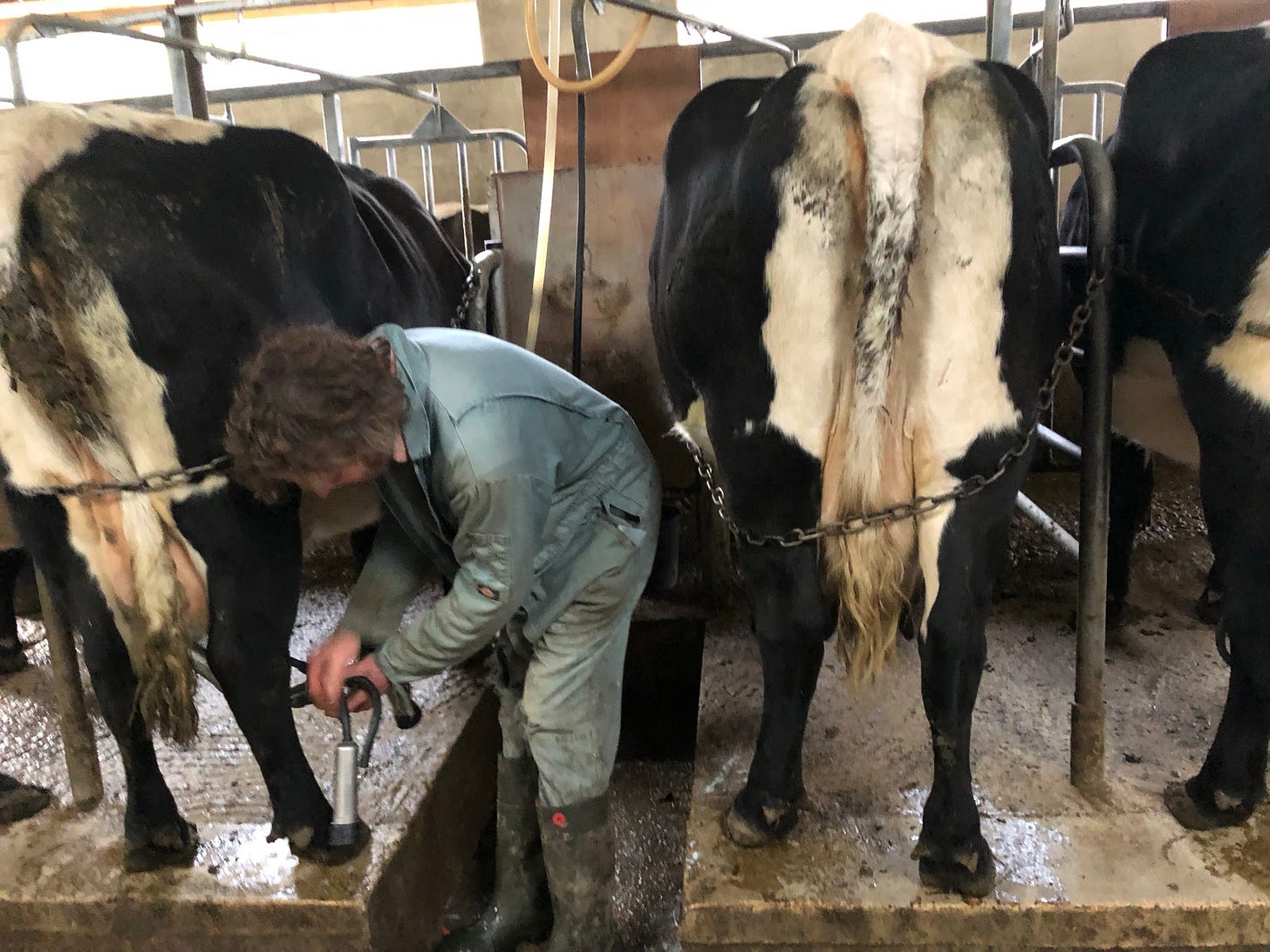
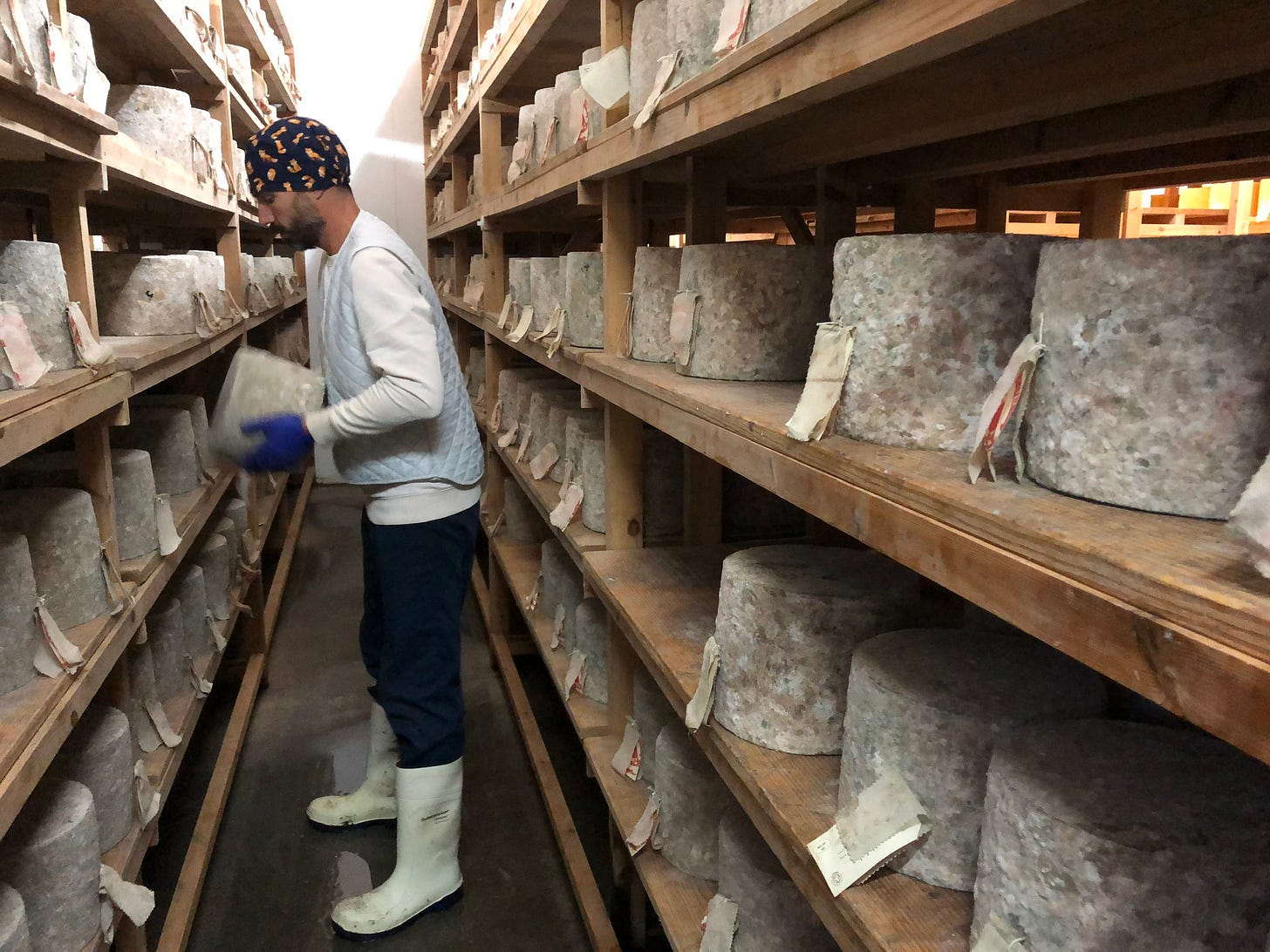
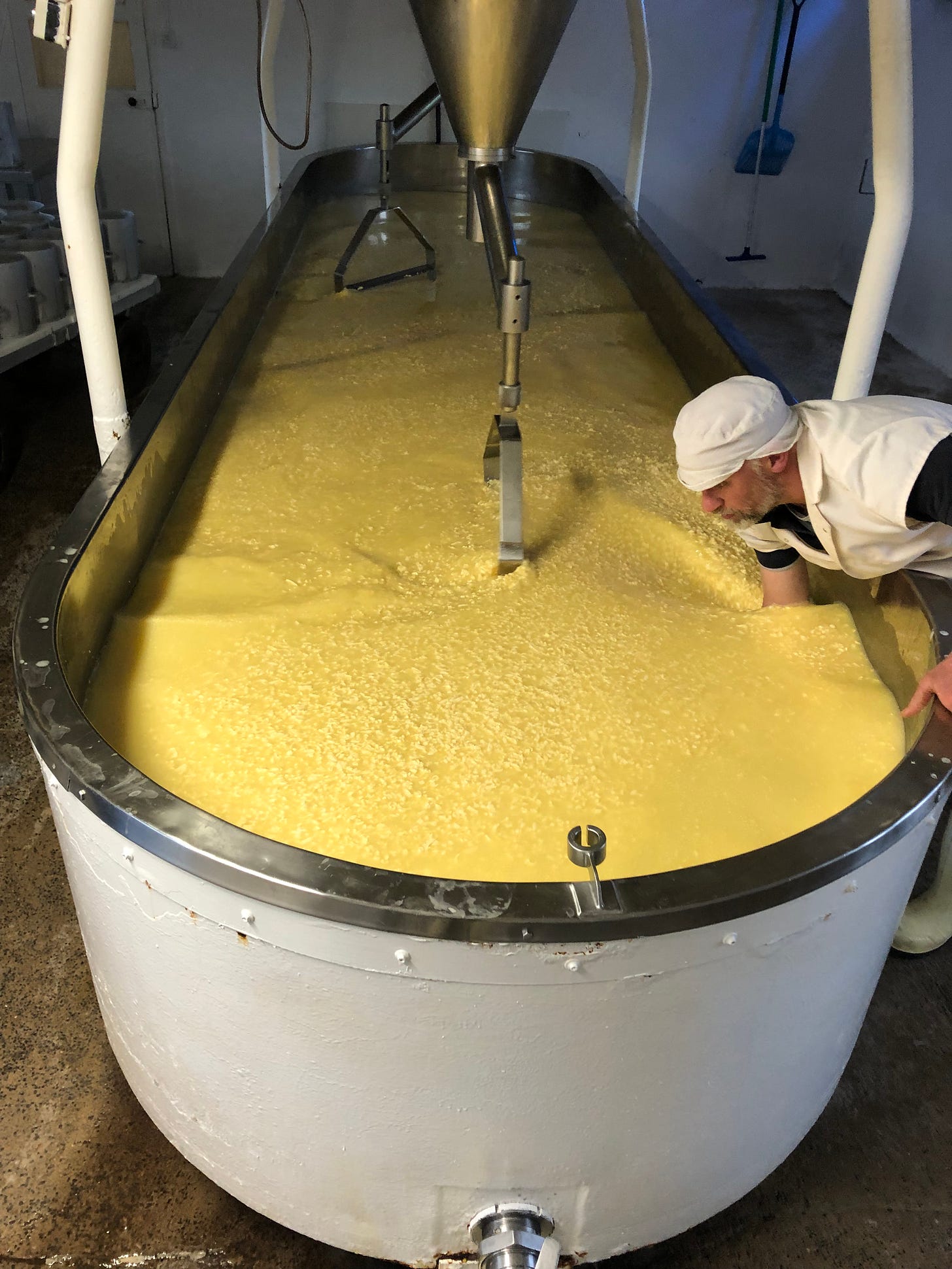
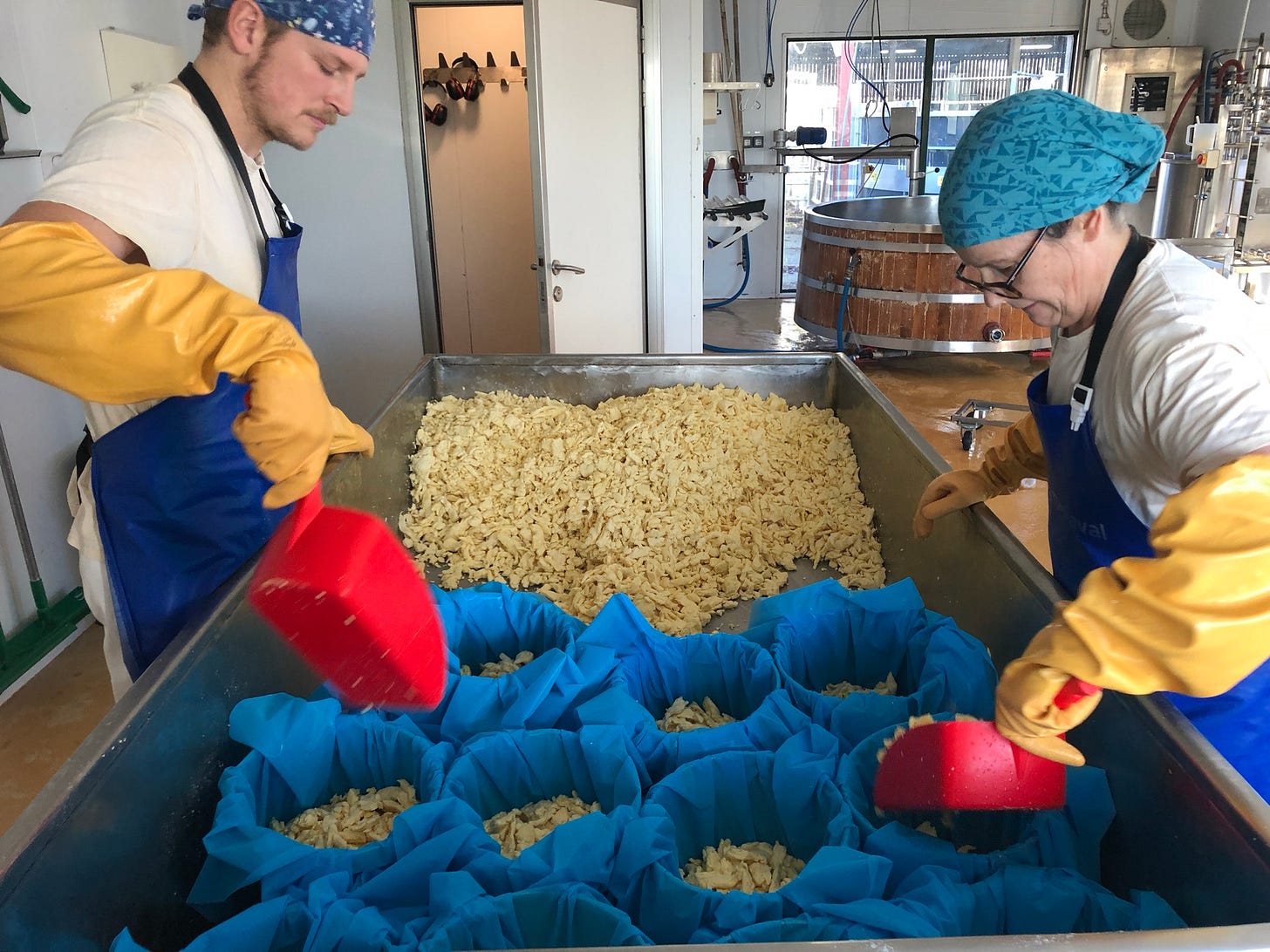
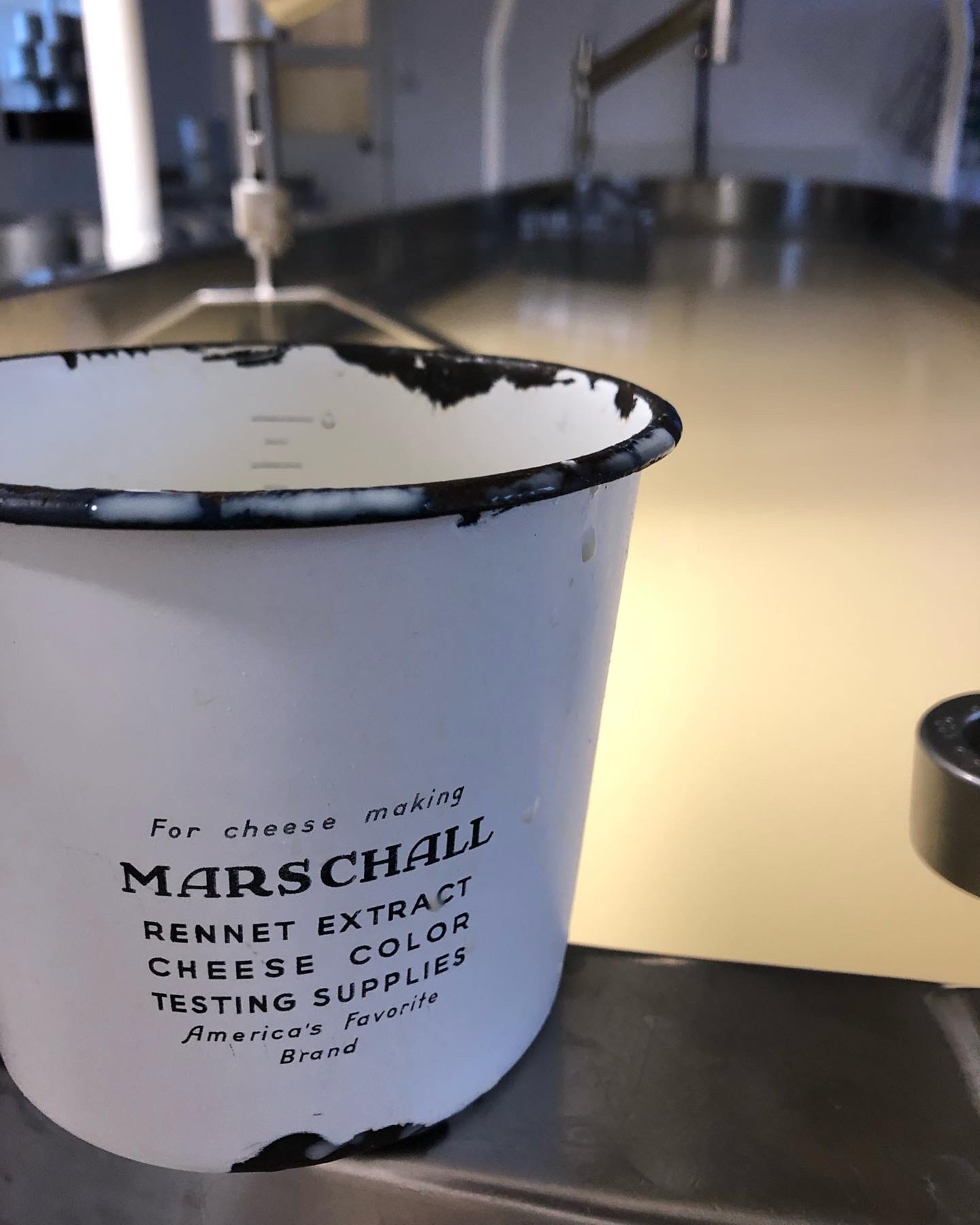
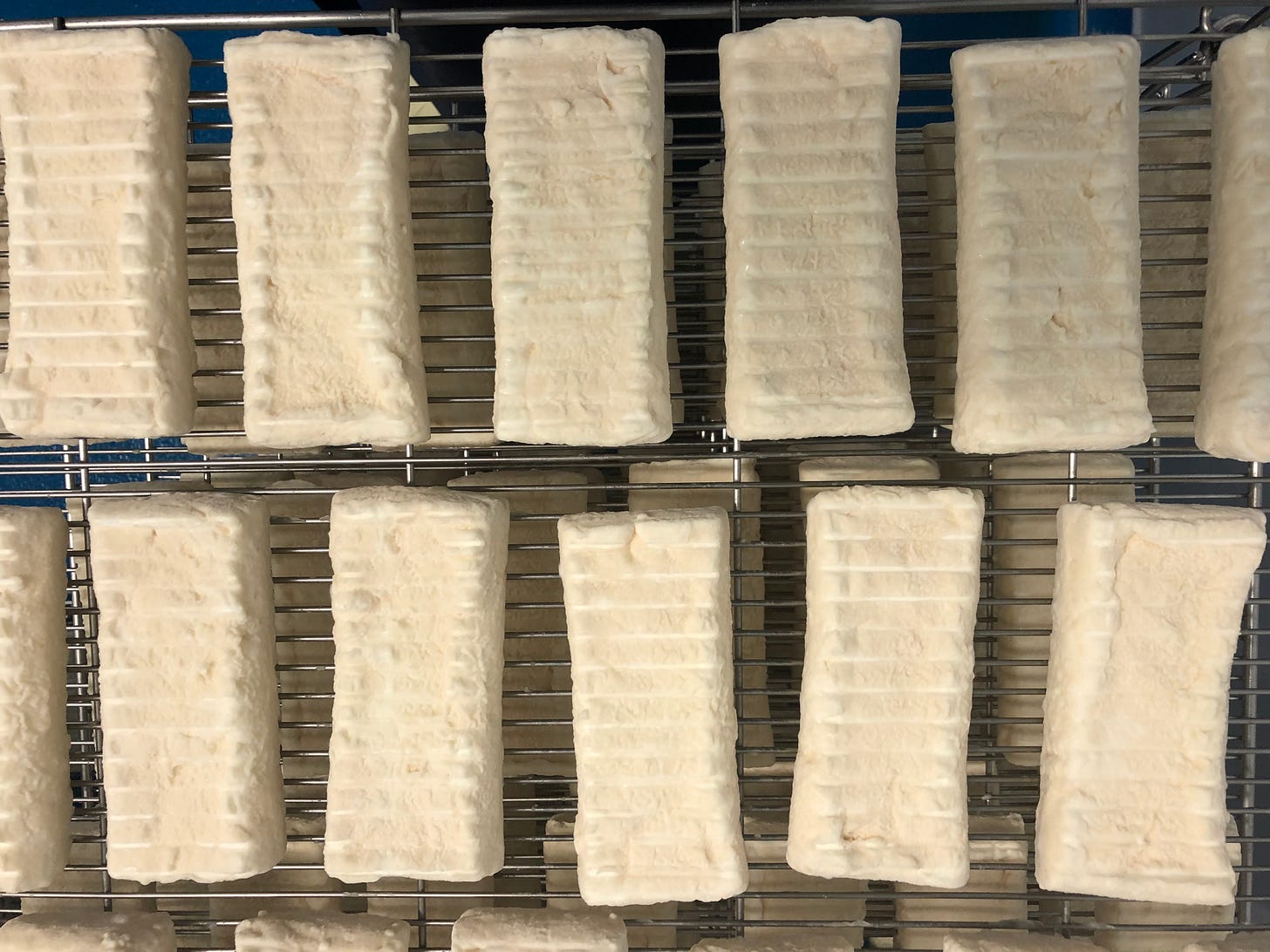
Thank you for sharing all that you’ve been doing, I have learned quite a bit! As for things I am interested in learning more about, in no particular order:
Heritage breeds: their histories, their milk when it comes to cheesemaking, really anything to do with them.
Affinage: there are an absolute ton of books and resources for people to learn about making cheese, but affinage is rarely covered.
Culture selection: If commercial, adjunct selection and use. Even maybe a little look inside of culture houses. If native cultures are being used, more information about the choice to do so (or continue to do so) – I would love an inside look at Cornerstone, for example.
Cheese history: Literally any information on cheese history and where to find literature regarding cheese history would probably be my number one fascination these days.
Portugal: Cheeses like Serra Da Estrela fascinate me. It just seems like it has such a tedious make process and I am curious as to why it works the way that it does.
And then there are the obvious places that I can never get enough information about: France, Switzerland, the Basque Country.
My apologies for the wordy comment!
Great read Trevor. I was wondering in your opinion what factors influence farmhouse cheese makers in countries like the US to make multiple types of cheese rather than focus on just one?